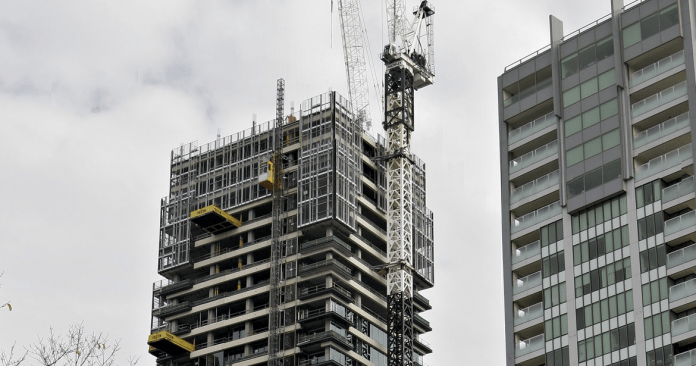RHB Research remains positive in the Building Materials Sector in the year 2022 and has given an “Overweight” call for the sector.
It said that the valuations for the stocks under coverage continue to look attractive, as YoY earnings growth still looks firm next year after undergoing a transitional period in 2021.
At the same time, it said that it foresees ESG to further entrench itself into the sector’s operating landscape going forward, particularly with regards to the industry’s environmental exposure and long-term role in addressing the global climate change agenda. Its top pick is Press Metal( PMAH MK, BUY, TP: MYR8.50) which continues to stand out in terms of earnings growth trajectory and sustainability profile.
RHB said that PMAH’s robust earnings growth trajectory should continue to lead the sector, underpinned by its stepwise capacity expansion as Samalaju Phase 3 smelter (320 ktpa) finally completes its commissioning in December, paving the way for the largest primary aluminium producer in South-East Asia to operate at its nameplate capacity of 1.08 mtpa in 2022.
It said that the higher production output (20% increase from c.900kt expected in 2021) would go a long way towards delivering our projected FY22F core earnings growth of 120% YoY to MYR2.4billion, given the incremental tonnage would capture higher prevailing LME aluminium market prices of USD2,600 per tonne vs PMAH’s existing hedged position at USD2,350-USD2,400 per tonne over the next two years.
RHB said that the upside risks would revolve around the potential earnings contribution by its silicon metal and alumina producing associates, while downside risks include potential margin pressures arising from further freight rate hikes as well as changes in taxation structure.
In the longer term, RHB said that the industrial metals basket’s previous two bull runs in the last decade – each lasting just over a 2-year horizon followed by a subsequent downtrend – suggests that history may take precedence once more in the face of tightening monetary policies, in relation to the current upcycle, which began since Apr 2020.
That said, it foresees aluminium prices to have stronger lasting power this time around, given that oversupply concerns (mainly from China), which presided over previous cycles are unlikely to be a major overhang in 2022.
Barring a turnabout of regional environmental policies, new capacity growth is likely to remain soft-capped over the next two years, with China still committed to limit its aluminium installed capacity at 45mtpa (Dec21: 43.75mtpa) while production planning in ex-China markets have largely revolved around restarting idled smelters rather than the commissioning of new plants.
It is said that this is partly attributable to the global decarbonisation movement disincentivising the expansion of power-hungry aluminium smelters without access to reliable sources of renewable energy.
Latent demand stemming from green applications such as electric vehicles and solar farms to play out more meaningfully from 2022 after being held back by the pandemic’s supply chain disruptions. Overall, these should provide structural support for the aluminium market over the medium-term, with the metal’s price likely to find a firmer equilibrium vs a pre-pandemic average of < US$2000 per tonne.









